Thu 06 Oct 2016 by Philip Woodcock
Conventional VHF systems may not be suitable for use on far offshore windfarms
As offshore windfarms are built further and further from land, alternatives to conventional VHF communications
are going to be required
A cornerstone of any major project is clear communication between all parties. As we move windfarm construction
further offshore, maintaining efficient voice and data communications becomes essential. With many projects now being
constructed beyond the range of VHF radio and cellular telephone, such as a Gemini or Dudgeon offshore windfarms,
crew transfer vessel (CTV) operators and their clients are experiencing challenges achieving practical and affordable
offshore communications. My experience on two far offshore projects in the last 15 months has shown that creative
thinking can work together with existing equipment such as TETRA radio to reduce the risks and stress that poor
communications can generate.
Communication solutions on offshore windfarms depend on the phase that the operation is in, the size of the project and
the distance from shore. Many smaller, older windfarms rely on VHF radios to communicate between shore and vessel
and shore/vessel and work team on the turbines. However, VHF is limited in range being a line-of-sight system, and the
signal has trouble penetrating structures such as wind turbines due to the Faraday cage effect. Conventional cellular
telephone coverage is also possible on nearshore sites, with some windfarms installing a cellular mast within the
windfarm. Vessels at anchor off the Dutch port of IJmuiden can thank the windfarm industry for good connection when
waiting for a pilot if they have contracts with the provider KPN.
When moving further offshore, luxuries such as a cellular mast will not be installed during the construction phase, and it
is most likely that VHF radios will not be sufficient. It is common for the developer to install a TETRA radio network –
similar to those used by national emergency response services such as police and fire departments.
TETRA, or terrestrial trunked radio as it is properly termed, is a secure network allowing one-to-one, one-to-many and
many-to-many communications. This means that the marine controller can speak directly and privately to one party or to
the entire offshore spread depending on what is needed. It transmits on a lower frequency than VHF so covers a greater
range. This still is not enough to cover the distances experienced on far offshore windfarms. If multiple base stations are
used, each base station can then automatically rebroadcast a message thus expanding the network coverage. On a recent
construction project, it was found that there were communications blackspots in the area of the sea passage from the base
port to the site. This was later eliminated by fitting full base station units rather than just handheld transceivers on the
CTVs. The CTVs then became vital links in the communications network and ensured the blackspots were reduced or
eliminated altogether.
TETRA has many other advantages, including the ability to penetrate the tower of a wind turbine, and calls are not
dropped when moving between base station carriers due to the network configuration. This is especially important if
vessel-carried base stations are relaying far offshore. The network is also secure, which ensures that commercially
sensitive information cannot be intercepted. With the one-to-one mode, it also means that managers can have detailed
conversations on sensitive subjects.
However, anecdotal information received from vessel crews in the field appear to indicate that TETRA, although a good
system, is not foolproof. One vessel master reported that, after 15 months on site, they still had blackspots with TETRA
and sometimes have to use the cell phone application WhatsApp to request that turbines be started or stopped so that he
can land a team.
TETRA does not solve the operational problems experienced by vessel-operating companies who require frequent voice
and data communication with the CTVs to ensure a smooth delivery of service. As most sites far offshore are outside of
cell phone coverage and clients demand that daily reports are issued on time, creativity is needed. There is a simple
solution that could solve all of the communication problems far offshore – installing VSAT satellite communications on
each CTV, which allows instant telephone and data transfer.
However, the practicalities of chartering in today’s windfarm industry eliminates this option, as the client will not want to
pay for installation and operation, and a vessel owner cannot afford such a luxury. Charterers therefore need to make a
decision: either they assume responsibility and the costs for practical workable satellite communications on their vessels
or look for practical alternative solutions to deliver what is needed far offshore.
One practical solution to maintain communications between the marine co-ordination centre and vessels is to step back a
generation and use medium frequency/high frequency single side band radios, which are common equipment on larger
CTVs and is standard on service operation vessels (SOVs) or installation vessels.
When used in conjunction with the digital selective calling (DSC) function of the GMDSS standard, voice
communications can be maintained at long distance without operating cost. Unfortunately, current guidance for the
marine co-ordination in windfarms as found in the G9 Good practice guideline: The safe management of small service
vessels used in the offshore wind industry does not yet consider marine co-ordination and communications in far offshore
windfarms.
Another practical solution to improve data communication is to install powerful WiFi antennas on the decks of SOVs and
other major offshore assets to allow CTVs to have internet access when they are in close proximity. CTVs can then
download passenger manifests and weather reports and upload the daily progress report and synchronise planned
maintenance and email systems.
CTVs spend considerable time in close proximity to the SOV during passenger transfer, bunkering or waiting for the next
assignment, and it is relatively easy to set up the computers to connect and synchronise without operator input, thus
reducing the risk of distraction. SOVs should be designed with space for CTV crews to use as a secure office so that
laptops can be left connected to the network. In this way, crews can have two computers and prepare work when on shift,
transfer via a data stick and upload when they go off shift.
One of the most effective tools that we have identified is WhatsApp, which seems to require very low signal strength to
connect and transfer brief messages. On recent projects, we have found that most vessel/office communication occurs in
this medium, including fault finding and incident reporting and investigation. Crews have found it quicker to video a
CCTV system playback and send via WhatsApp than download the CCTV video and send it via a file transfer service. As
synchronising an electronic planned maintenance system offshore is very time consuming, our superintendents have taken
to sending the worklists via WhatsApp to the vessels who then confirm back with text or images when a job is complete.
The superintendent then does the PMS administration from their office with the advantage of high speed network
connections. Experience with WhatsApp has led me to believe that agile, low data applications will form part of the
future of offshore communication.
Far offshore projects have moved from planning and dreaming to reality. However, effective and cost-efficient
communication solutions have not moved with them. Like most challenges with far offshore windfarms, there is no single
solution, but experience has shown that, with creativity and flexibility, projects can communicate with their teams and
operators can manage their vessels.
Better equipment earlier on in the construction phase, such as MF/HF radios in the MCC and on the vessels, TERA base
stations on the vessels and open deck WiFi on construction assets will all assist in improving safety and reducing stress
while ensuring that unnecessary costs are not incurred.
Philip Woodcock is general manager, Workships Contractors BV



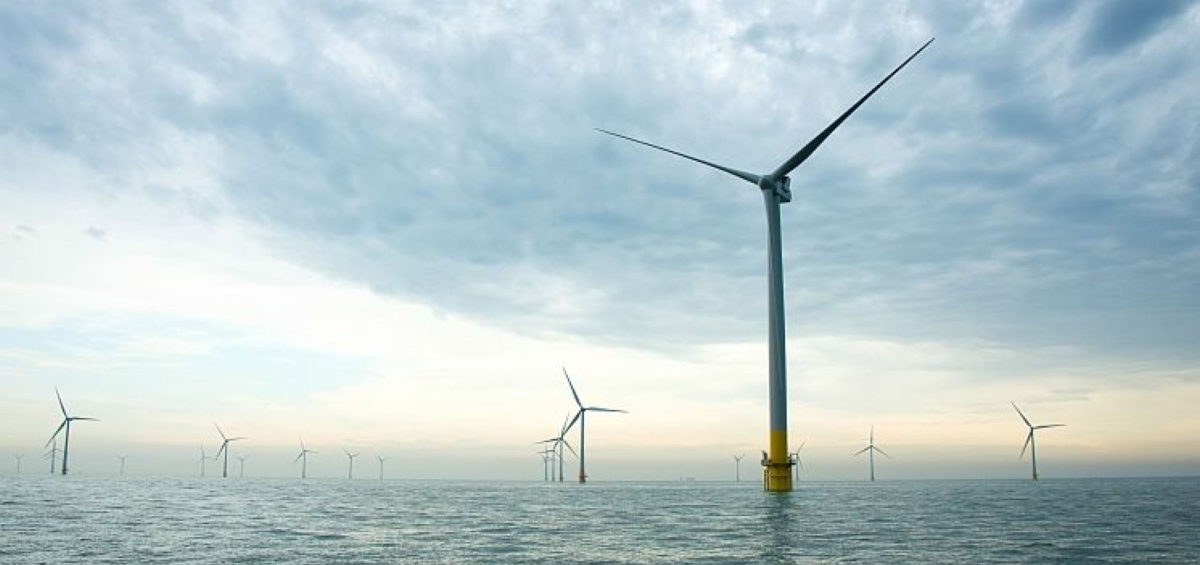
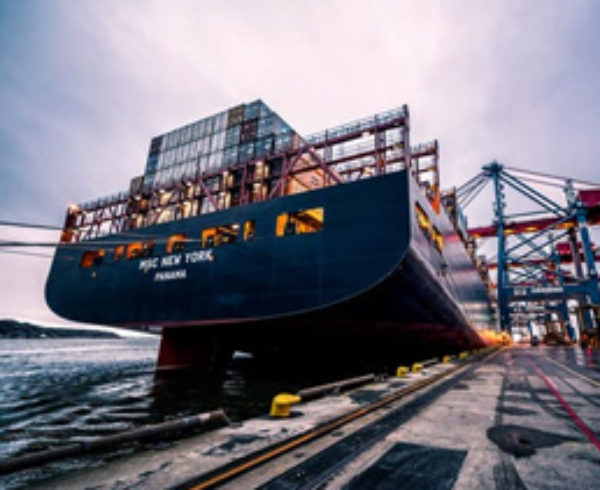
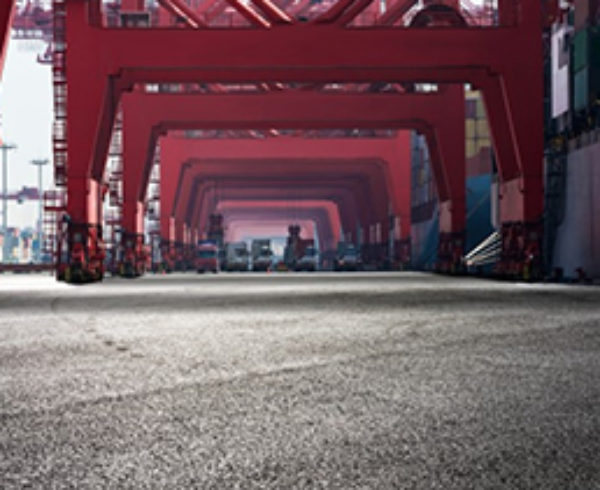
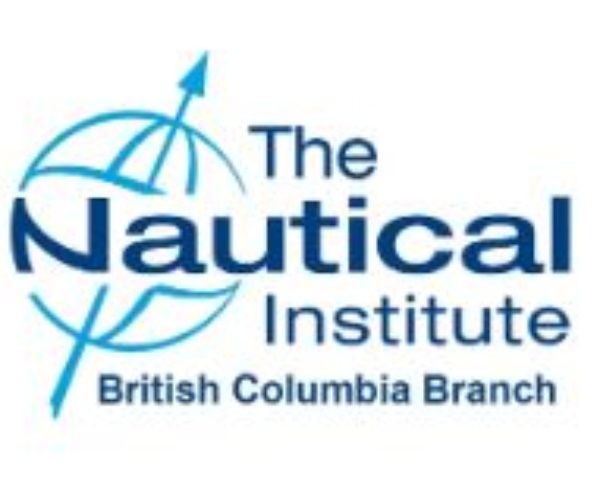
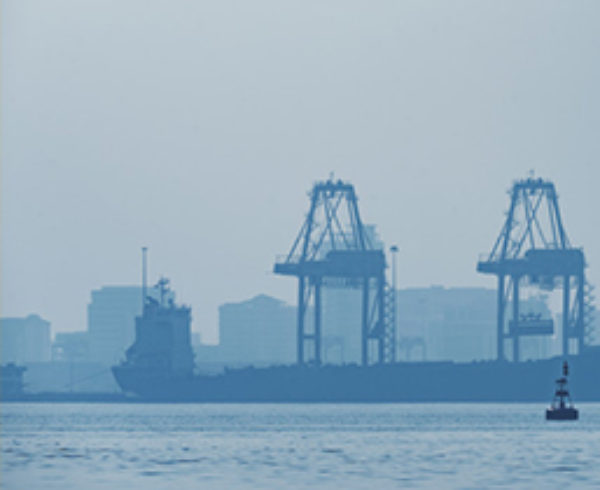

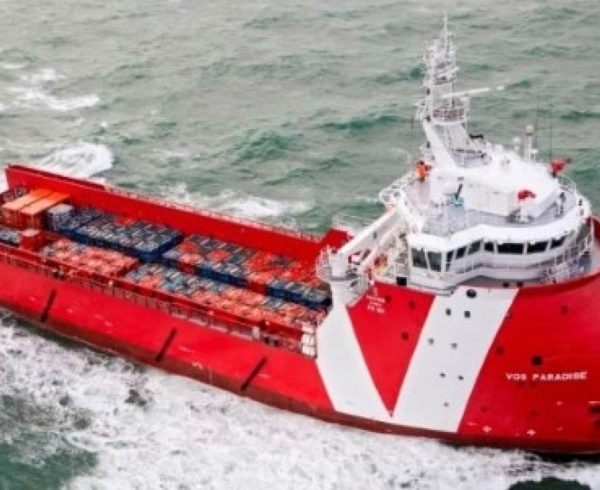
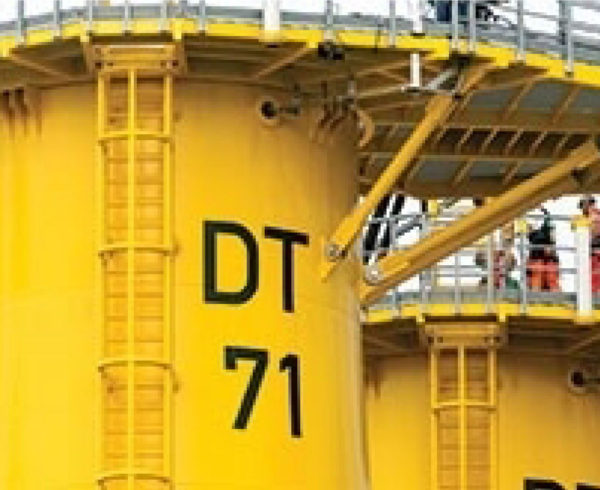
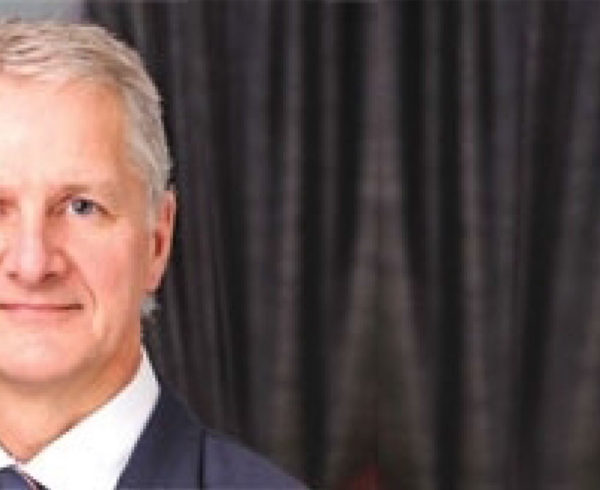

Leave a Comment